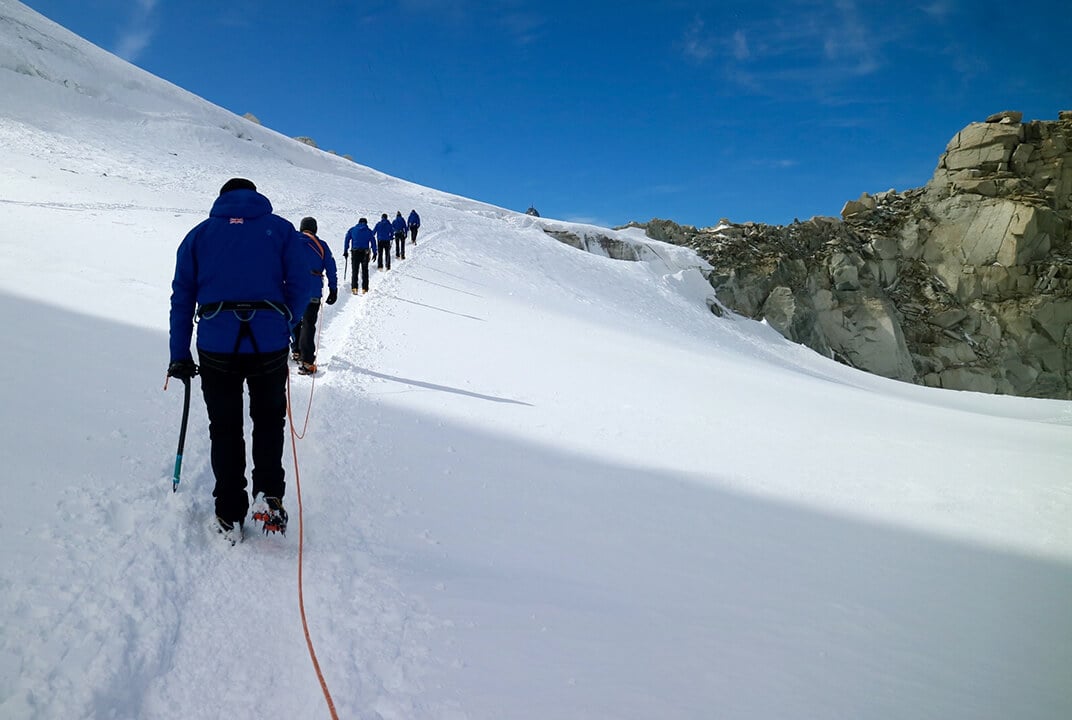Hunt for Genghis Khan's tomb takes new turn
The 800-year-old mystery of where Genghis Khan was buried looks closer to being solved with the first compelling evidence of the location of his grave in the mountains of north-western Mongolia.
A team has discovered the foundations of what appears to be a large structure from the 13th or 14th century, in an area historically associated with the grave.
Scientists have also found a wide range of artefacts, including arrowheads, porcelain, and a variety of building material, according to Newsweek.
Vital link
The search for Genghis Khan's tomb is being supported by a BGAN satellite connection from Inmarsat, which enables archaeologists to assess new areas before actually deploying on the ground.
“Everything lines up in a very compelling way,” said Dr Albert Lin, National Geographic explorer and principal investigator of the project, in an interview with Newsweek.
New findings
If the new findings bear out, this will be one of the most significant archaeological discoveries in years.
The team has used drones and surface-penetrating radar, and enlisted the help of thousands of people to sift through satellite data and photographs of 4,000 square miles of landscape.
Dr Lin and his team poured over volumes of ultra high-resolution satellite imagery and built 3D reconstructions from radar scans in their search for clues.
Online volunteers
And thousands of online volunteers sifted through 85,000 high-resolution satellite images to identify any hidden structures or odd-seeming formations.
Inmarsat BGAN enabled researchers to deploy an online toolkit that members of the public could use to serve as virtual explorers.
By logging on to the research team website, the public helped search through and tag GeoEye-1 satellite imagery of each region the team was working in.
Virtual explorers
Each morning, the team would then download annotations provided by virtual explorers – then use these annotations to direct their ground search.
Archaeologists were able to significantly increase their search area and could use a multi-stage approach to discovery, which combined satellite imagery, aerial imagery and also geomagnetic surveys, such as ground-penetrating radar and electro-magnetometers.
“The expansion of our expedition would have been impossible without BGAN,” said Dr Lin.
Data connectivity
“BGAN provided us with reliable voice and data connectivity in one of the world's most remote regions.
“This helped us maintain the highest levels of safety and productivity while in the field.”
In addition to their “human computation toolkit”, Dr Lin's research team used BGAN for transmitting photos, blogging and for secure critical medical consultations from the field.
Peer review
“It is undeniable that Genghis Khan changed the course of history. Yet I cannot think of another historical figure of comparable impact that we know so little about,” said Dr Lin, who is awaiting results of the peer review of their findings.
“Any archaeological results related to the subject may shed light on a vital piece of our shared cultural heritage that has gone missing,” he told Newsweek.

